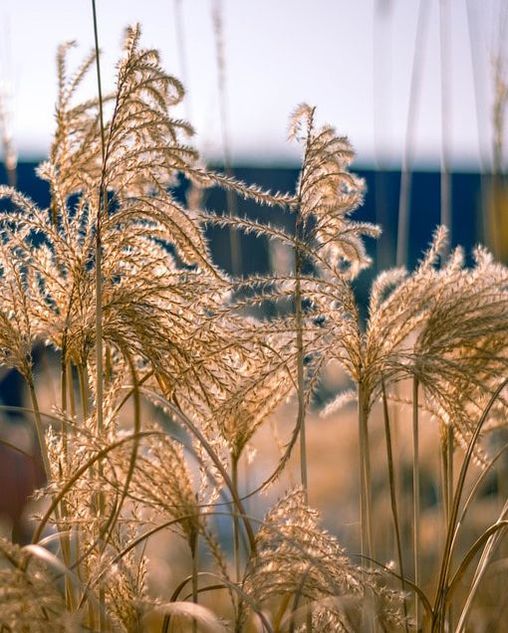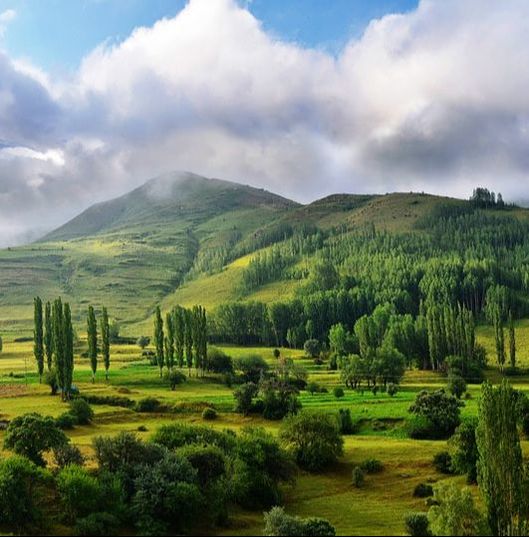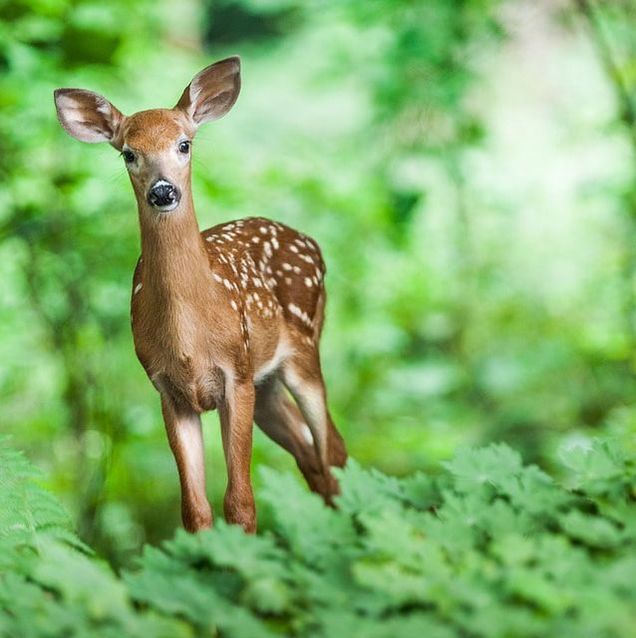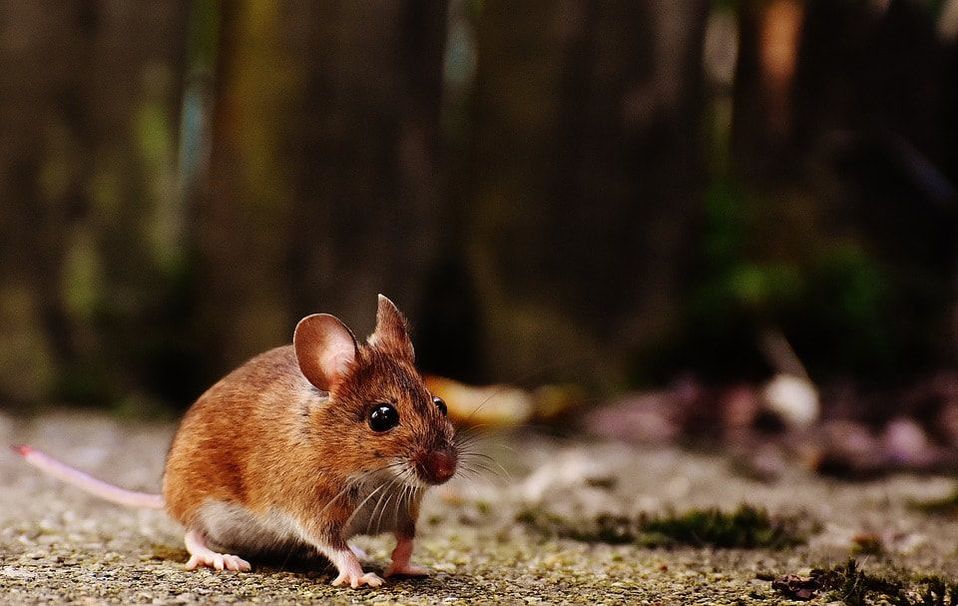Livestock Grains When hearing that plant production kills animals, too, instead of reading the research, most animal rights activists will simply assert that more crops are grown to feed animals than to feed humans. Thus, they claim that livestock production causes the deaths of slaughtering for meat, plus the deaths of producing the crops that go to livestock grain. This, too, is a lie. I go into a lot more detail about why this is not the case in a different article, but, in a nut shell, the majority of livestock grain is not fully produced crops; it’s seeds (that don’t have to be planted/harvested, not killing animals through the crop production process) and oils (many of which are byproducts of human food processing that would go to waste, becoming pollution, if they weren’t made use of in livestock grain). But the main component of most livestock animals’ diets, especially ruminant mammals like cattle and sheep, is forages, which brings me to my next point… Habitat Disruption So how do wildlife animals die in crop production? Lots of ways. Perhaps the one that’s been most recorded is habitat disturbance. Here’s some research:
Methods of Crop Deaths DIRECT METHODS Some other ways that crop production kills wildlife are much more direct. Heavy tractors cave in the homes of animals that live underground (such as burrowing owls, rabbits, or gophers), suffocating them. Sharp plows spear snakes, mice, and armadillos that don’t have the ability to run away fast enough. Animals that feed on the crops or neighboring fields, such as deer and bison, often ingest high-enough amounts of pesticides to be poisoned. Population decline of all of these animals remove hunting options for predators such as coyotes, wolves, hawks, mountain lions, or bobcats.
Livestock raisers can integrate other species (ones that are more apt to chase predators away) into their livestock herds. For example, livestock guardian dogs will often stay with a sheep herd to keep coyotes or wolves away. Larger animals like donkeys or llamas can be run with cattle, and they, too, will deter predators. These protecting species rarely use lethal force to protect their herd or flock, it’s more common for them to simply chase intruders away. Not only do the protectors prevent the deaths caused by hunting, it allows reasonable upfront costs to replace the continuing investments of time and money (for ammo, spotlights, fuel, etc.) that hunting the predators requires. This means that it’s actually more cost efficient for livestock raisers to deter wildlife instead of kill them. Crop producers, on the other hand, cannot release these guardian animals onto the fields because they’ll disrupt the growing. Crop producers face a direct decision between losing money to the invasive wildlife or killing them to protect their harvest. DEAD ZONES And another phenomenon that causes crop production to kill animals is nitrogen-flooded dead zones. This, too, is something that plant-based activists have tried blame on “animal agriculture,” but is actually caused by crop production (notice a trend?). Nitrogen-flooded dead zones happen like this: nitrogen is dispersed onto crop fields via fertilizer, but the crops are not efficient enough at absorbing all of the nitrogen, so it seeps through the ground-water into waterways, eventually being transported to the ocean. Once in gulfs, this nitrogen feeds cyanobacteria, which are microscopic algae, who, with use of this extra energy, reproduce at astounding levels, using up all of the oxygen in the water. This causes “bottom-water hypoxia,” which is just a fancy way of saying that the oxygen is taken away from fish (who are usually fortunate enough to be able to swim away) and bottom dwelling sea life, such as crabs, lobsters, mollusks, and anemones (who can’t escape fast enough and are suffocated), killing thousands, sometimes even millions of aquatic animals within a few miles of the coast.
They catch so many mice that they can only estimate the number of mice killed; they measure catches instead by tons of weight! Springer Nature published a study that put some astonishing numbers on these efforts: “At Lascelles, three tons, approximately 200,000 mice, were caught in one night. Until the end of June 1917, the recorded total caught was 544 tons, at least 32,000,000 mice.”
In Conclusion A quick point I want to make is I’m not writing this series to criticize crop producers for the deaths they cause. I, personally, understand that animals have to die in food production— but I honestly believe, from reading the science, that my omnivorous diet is the least harm option. If there was a way that no animals had to die for my food—I’d stand right beside you advocating for it. However, as of now, there is no such diet. The bottom line is that, if you honestly have a problem consuming the flesh of a dead animal, or knowing that meat is the product of killing, that is your moral belief and I will absolutely support you upholding it. However, the second you present removing animal products as a solution that causes the least harm, I will speak up against you because that’s simply not what the research says. Vegans do kill more animals than omnivores… it’s a scientific fact. Author’s Note: This will be a several-week-long series that will evaluate the research done on the subjects. Here are the prospective post topics:
7 Comments
Gaby
7/14/2019 08:19:54 am
I can see a few flaws in your article. First of all most of the livestock we eat nowadays is being fed corn, which is a sad truth especially in the US, and corn is the plant that depletes the soil as you mentioned. Second the livestock we eat doesn’t forge freely in the pastures but is kept in a tight compartments and fed once again mainly corn, given antibiotics and other meds. I don’t know where you live but if you eat conventional meat like most of the people do it is definitely not roaming freely on the pastures like people like to imagine. Last point I would like to make is that vegans don’t eat only crops as someone might think from your article, they also eat fruits and veg, so all the same things the omnivorous do.
Reply
Bob
8/1/2022 03:38:22 am
Except that the vast majority of livestock feed is in fact the WASTE produced from crop harvesting and processing for HUMAN consumption and use, and NOT from specifically grow crops. If as you like to claim- most livestock are raised in tight compartments etc, then please explain why the Vegans claim that most of the earths natural grasslands are used to raise livestock, especially as 40% of the earths surface is covered in natural grasslands?
Reply
8/19/2022 09:21:23 am
Let me speak up as a resident of the corn (and pig) capital of the world, Iowa. Your point is correct. Livestock is mostly fed the agricultural refuse. No one would grow corn as a crop merely to feed pigs mostly the stems and husks. Besides, most of the corn actually goes to human use, not only food (corn syrup, corn oil, corn meal, grits, corn kernels, popcorn, corn on the cob, etc) but also ethanol.
The Caveman
6/9/2020 08:00:19 pm
I agree with Gaby. Yes, it IS true that the least-harm animal diet causes less animal cruelty, air pollution, and soil depletion - compared to the most-harm plant diet. But the sad truth is that the majority of farmed animals in the United States (and probably everywhere else) DO live in factories, not pastures:
Reply
8/19/2022 09:37:28 am
Cows raised for beef actually spend most of their lives on pasture. One can also find pasture-raised dairy. Goats, buffalo, and bison are entirely pasture-raised. Sheep are typically pasture-raised. Even pasture-raised chickens and chicken eggs have become common.
Reply
Logan
3/27/2021 07:13:10 am
Plants are great for creating drugs and are terrible for any other human consumption. Agriculture kills multitudes more furry animals than meat consumption. Factory farming is unnecessary, but is more economical for the individual farmer. We could certainly do everything the moral way, but money is usually gained doing things the immoral way.
Reply
8/19/2022 09:47:18 am
That is the difference that makes a difference. The entire global human population could be fed with animal foods produced through sustainable and regenerative practices, and mostly at a local level in nearly all places.
Reply
Leave a Reply. |





